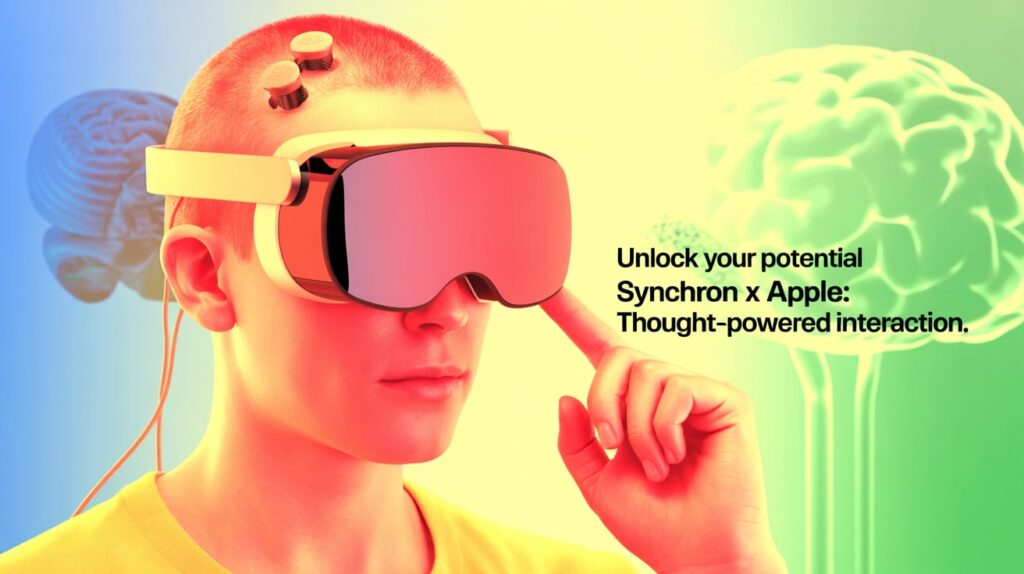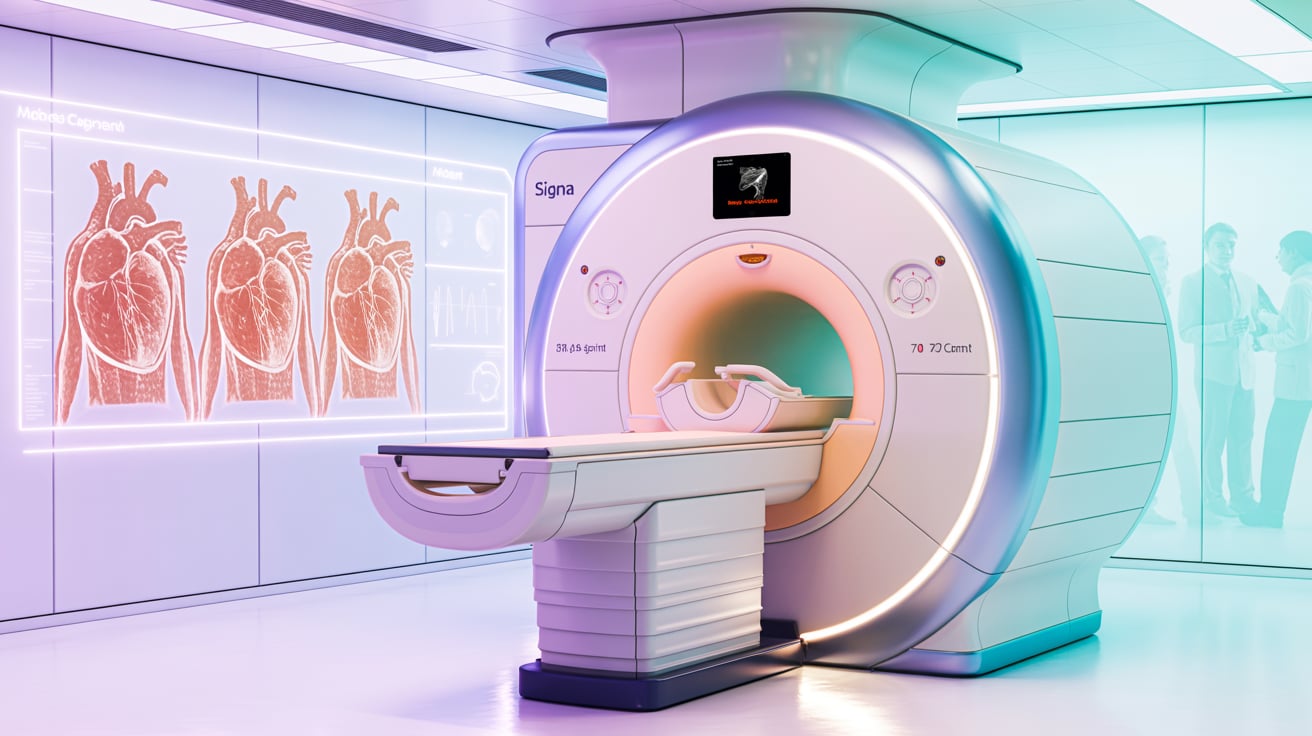Synchron announced it will be the first brain-computer interface (BCI) company to natively integrate with Apple’s new BCI Human Interface Device (BCI HID) protocol. This advancement allows users implanted with Synchron’s Stentrode BCI to control Apple devices—including iPhone, iPad, and Apple Vision Pro—directly with their thoughts, eliminating the need for physical movement or voice commands.
The integration leverages Apple’s accessibility features such as Switch Control to enable seamless, intuitive device use for people with motor impairments like ALS, stroke, or spinal cord injury. Unlike traditional inputs, BCI HID creates a bidirectional, closed-loop system that exchanges contextual device information, improving accuracy and user experience.
Dr. Tom Oxley, CEO of Synchron, called this a “defining moment” in human-device interaction, positioning BCI alongside touch, voice, and typing as a native input method on Apple devices.
Synchron plans controlled rollouts of BCI HID features for clinical trial participants later this year, aiming to build a unified ecosystem for neural interaction across tech platforms.
The Stentrode system uses a minimally invasive, endovascular implant placed via the jugular vein on the motor cortex surface, uniquely capturing brain signals through blood vessels.
This collaboration highlights growing momentum in BCI technology, alongside competitors like Neuralink and Precision Neuroscience advancing FDA-cleared brain interfaces.
Follow MEDWIRE.AI for the latest in brain-computer interfaces and accessibility innovation.








